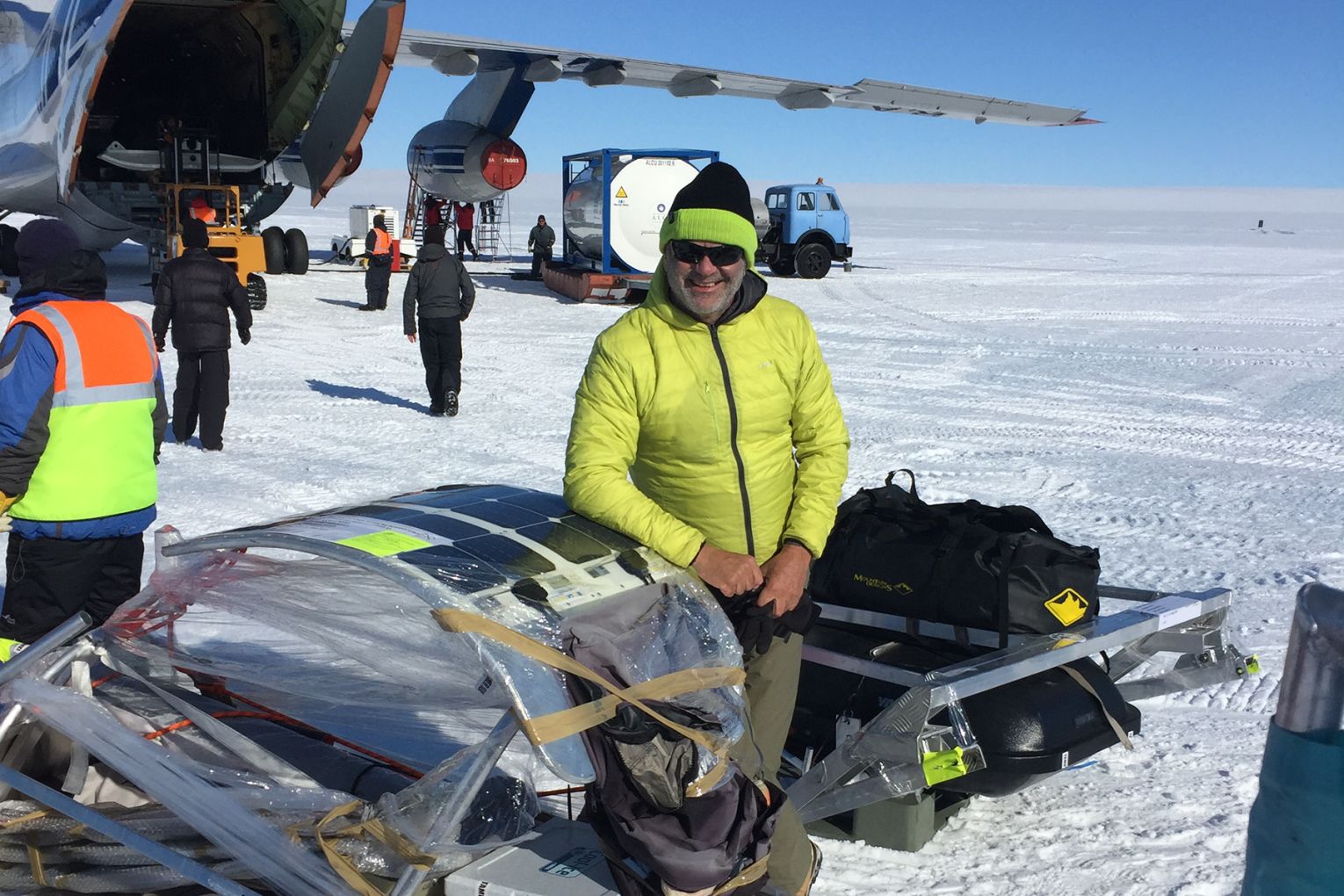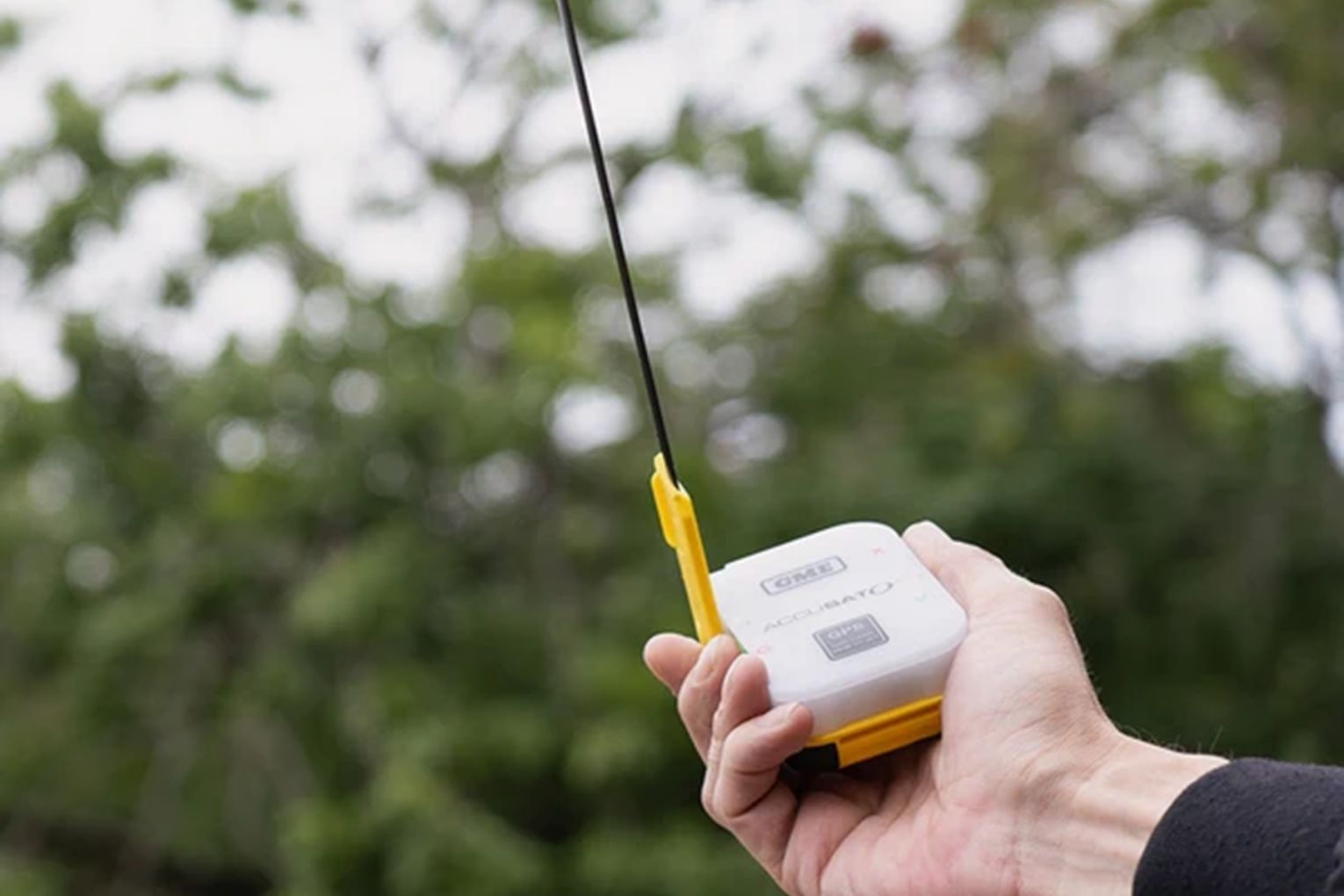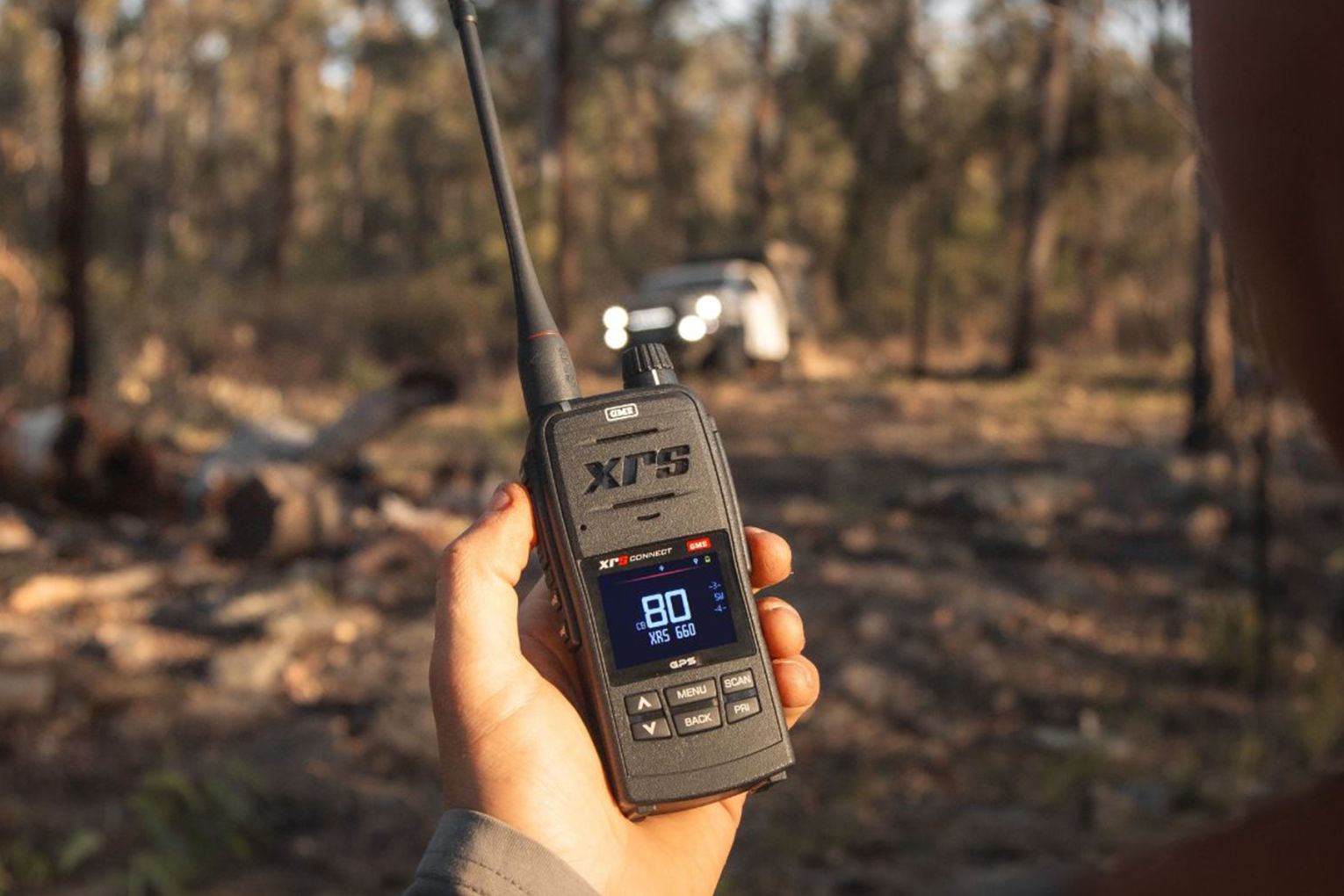Brisbane adventurer’s record-breaking snowsailing mission to Antarctica
Adventurer Charles Werb is embarking on a mission to travel across Antarctica in a snowsailer of his own design.



Adventurer and snowsailer Charles Werb built his first snow sailer prototype in Brisbane during 2009, unsure if it would even work. Since then, he’s been on a mission to test his design against the harshest landscape the world has to offer – Antarctica.
In January, Werb and his crew will attempt to snow sail 2000 km across Antarctica, in a sailer powered only by wind and sun. On the journey, the crew will attempt to break three World Records and document data on the world’s major ice sheets to help scientists better understand Antarctica’s ever changing landscape.
Werb is no stranger to remote exploring, having paddled around Nggela Sule in the Solomon Islands, snow sailed across glaciers in Iceland and Norway and twice taken part in the World Ice and Snow Sailing Championships (WISSA).
He first attempted to snow sail across Antarctica back in 2015, feeling prepared. But things didn’t go to plan when the snowsailer broke on the second day.
“In my own mind, I was prepared for everything that this place was going to throw at me, and it was a shock,” Werb said.
In 2020, Werb’s new and improved Swoosh Snowsailer won a Red Dot Design Concept Award, an internationally recognised seal of approval in product and industrial design.
You might like
Without the required engineering skills to make his concept a reality, Werb enlisted the help of qualified engineers to help bring his vision to life.
“We gave it to some guys that have got some brilliant ideas and design tools, they’re working on 3D with segmentation, pseudo wind tunnels and changing angles and this whole new design has come up.”
Werb says that Antarctica’s weather has been particularly brutal in recent years, with increased precipitation and snowfall, which needs to be considered ahead of the mission.
Werb currently holds the World Record for the highest speed reached on a snowsailer at 68km/h but will attempt to break three new records on his next Antarctica expedition.
Werb and his crew are planning an attempt to achieve the greatest distance covered in 24 hours in a wind-powered vehicle, the fastest 100 metres travelled by a wind-powered vehicle and the longest adventure expedition live stream of 24 continuous hours.
“We’re going to attempt three world records and we’re going to do it sustainably. This could possibly be the world’s first 10 per cent net zero expedition to Antarctica,” Werb said.
Stay informed, daily
Being one of the most remote landscapes in the world, Werb explain that there are lots of things that can go wrong, from changing ground conditions, unprecedented weather and collapsable snow bridges.
“You need to put all those factors into place and then mitigate from there. All kinds of things can go wrong when you’re riding on a glacier.”
Werb references “the greatest living expeditioner”, Ranulph Fiennes, who did a similar trip forty years ago with only a compass.
“He left and then they only heard from him when he got to the end point three months later. There was no communication in between.”
Lack of communication is another serious issue that arises on expeditions like these, Werb says.
“Working with GME devices, we always have the ability for two-way communications with the team, from camera crew to drivers. To be able to do that gives you a huge amount of security.”
GME will supply Werb and his team with compact, lightweight and Australian-made devices; the MT610G personal locator beacon and the XRS-660 handheld UHF CB radio with built-in GPS.
“So, if something goes wrong and I need an immediate rescue, we have a personal locator beacon supplied by GME, so I can just push a button and they’ll find me right to the spot, exactly where I am.”
When it comes to his Antarctica mission, Werb admits that while three World Records would be great, his real goal is to build a legacy by building an education program to inspire the next generation of explorers.
“I wanted to build an education programme for students aged anywhere from seven to 16 years old to think outside the box and live in the world of STEAM (Science, Technology, Engineering, Arts and Mathematics) education because that’s what’s going to make the world a better place.”
Overall, Werb hopes he can be a source of inspiration for others to get out and explore the world.
“If we can put that into an education piece and prove that we can do these things in a way that doesn’t harm the planet but also doesn’t harm us, that would be very important to me as an Australian.”





